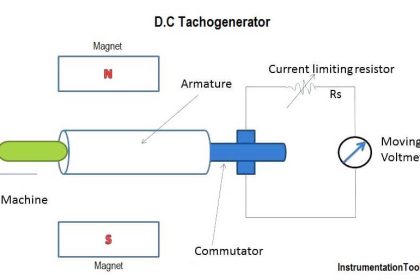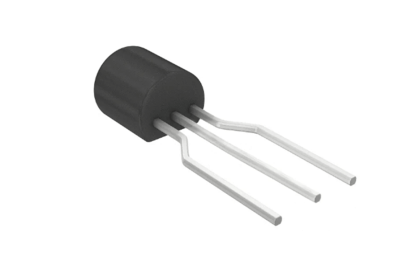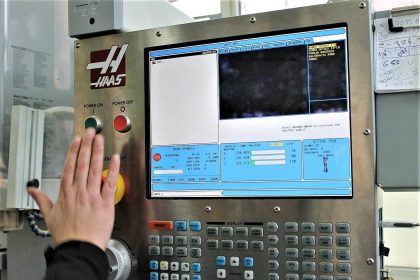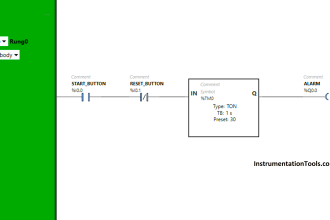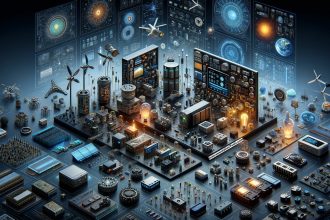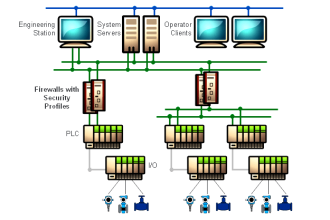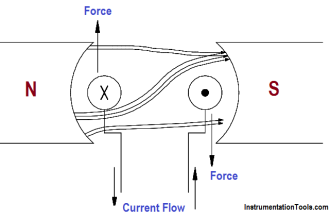A tactile sensor is also called a touch sensor. It is a type of device that captures and documents physical contact with an object. The touch sensor enables a device to detect the contact or close proximity of a general human user or operator.
A touch sensor works primarily when an object or individual comes into physical contact with the sensor. Touch sensors are sensitive to contact, pressure, or force. By their function, tactile sensors are broadly divided into vibration sensors, pressure, torque-force, temperature, etc.
The tactile sensors can be implemented in various configurations by using capacitive or resistive sensing technology.
Tactile Sensor Principle
Among several types of tactile sensors, the most popular are the three given below. Tactile sensors work on a variety of principles. Each type work on its own principle.
- Capacitance – A change in capacitance is proportional to the pressure exerted on the two conductive plates with an elastomeric separator to ensure compliance.
- Piezo-resistivity – It is based on the principle that its resistance varies with applied force. In other words, the piezoelectric materials can generate voltages when their deformation takes place.
- Piezoelectricity – The change of resistance in the piezoelectric tough sensor depends on how large the voltage potential is generated when deforming the crystal lattice.
Capacitance Configuration of Tactile Sensor
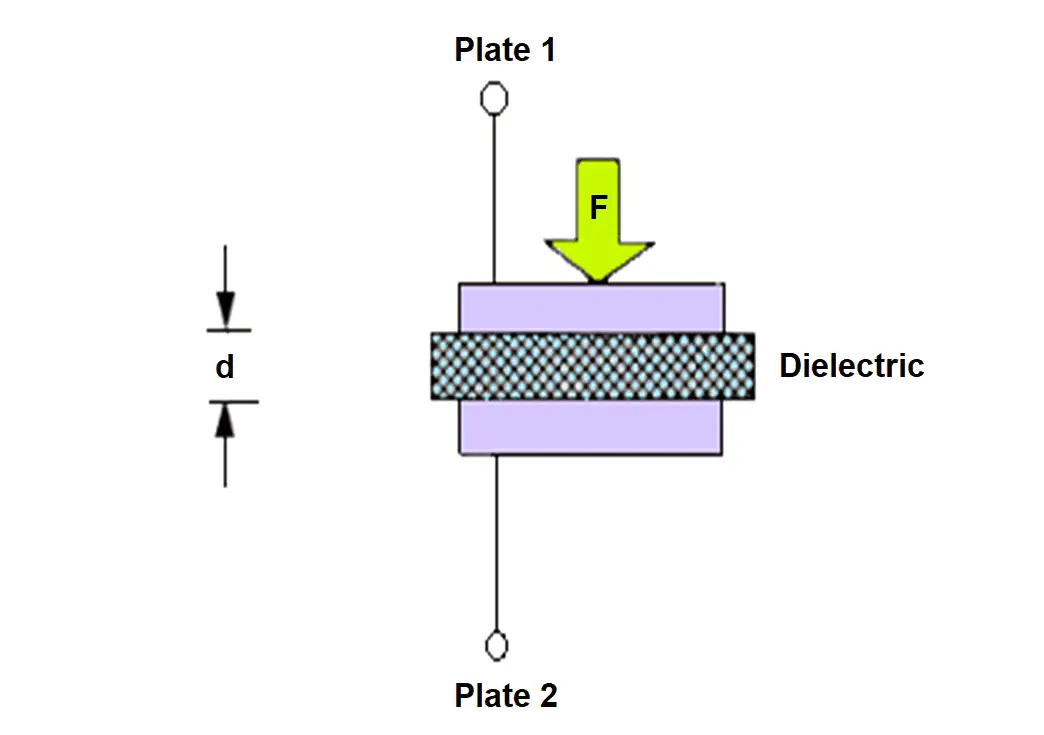
Capacitive sensing configuration is a capacitive coupling-based technology. It can detect and measure anything that is conductive or has a dielectric difference with air.
Capacitive touch screens distinguish and detect the specific location of a contact based on electrical impulses from the human body, usually from the fingertips.
Therefore, capacitive touch screens can be used without applying any force to the screen surface. A capacitive sensor is a high-performance pressure sensor.
A capacitor is composed of two conductive plates with a dielectric material (insulating) sand witched between them.
The capacitance C is represented by
C = A * ε0 * (εr/d).
Where
A = Area of the separation of the two plates
ε0 = Permittivity of vacuum.
εr = Relative static dielectric permittivity.
d = Thickness of the dielectric.
Dielectric Materials for the Capacitance Sensor
Elastomeric materials such as polydimethylsiloxane (PDMS) and polyurethane (PU) are ideal for the dielectric layers.
PDMS is a silicone elastomer that is most widely used as a dielectric material for pressure sensors.
Advantages of dielectric material (PDMS)
- Commercial availability.
- Non-toxicity.
- Good reachability.
- Biocompatibility.
Disadvantages of Dielectric Material (PDMS)
- Polydimethylsiloxane (PDMS) material has a low dielectric constant.
- The capacitive response is low.
- Sensitivity is also low.
Advantages of Capacitance Tactile sensor
- Capacitive touch screen technology is popular and durable and is used in many applications.
- Capacitive touch screens are very sharp and offer up to 90% transparency.
- Due to their higher sharpness compared to resistive technology they are used in smartphones.
- Good frequency response.
- High spatial resolution.
- Large dynamic range.
The disadvantage of Capacitance Tactile sensor
- Susceptible to noise.
Applications of Capacitance Tactile sensor
Tactile sensors appear in everyday life. One can find in
- Elevator buttons.
- Lamps that dim or brighten when we touch the base.
- Robots.
- Hardware for computer systems.
- The security systems.
- A common application for touch sensors is in touch screen devices of consumer electronics, mobile phones, and computing devices.
Apart from the above, there are also countless applications for tactile (touch) sensors that most people never know about.
